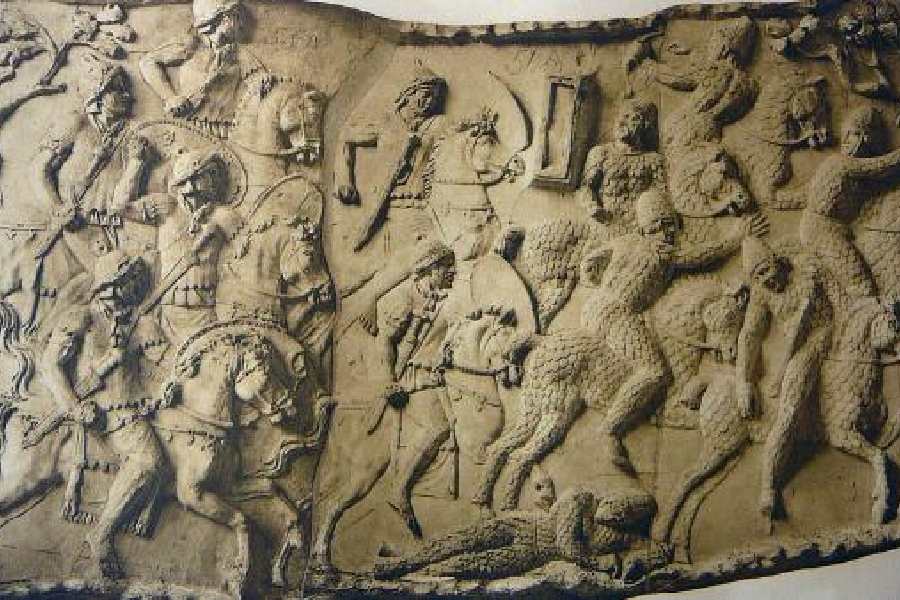Book: Aryans: The Search for a People, a Place and a Myth
Author: Charles Allen
Published by: Hachette
Price: Rs 799
If you have ever stared up to the heavens and wondered where you have come from, where and how your ancestors lived, and what gods they worshipped, fear not, you are not alone. Hundreds, perhaps thousands, of people have thought about these things. Some went on to become scientists and archaeologists, who would closely examine evidence and try to form hypotheses to frame our pasts. Some, like Adolf Hitler, did not wait for evidence; an imagined mythopoeia about a superior race was enough to fuel years of xenophobia and a project of self-aggrandisement. The race in question? The Aryans, the subject of the last book from Charles Allen’s pen.
This is relevant because herein arises one of the “compulsions” which drove Allen to write Aryans, according to the book’s editor, David Loyn: a deep “sorrow at the way professional historical research has been hijacked in modern India” by the Right to establish a “founding narrative” for a politically ascendant movement. And so Allen (with some help from Loyn) carefully, methodically dissects the existing literature on this vast collection of tribes grouped under the banner of Proto-Indo-European. The motivation is to investigate whether there is any ursprache (original language) spoken by the urvolk (original people) when they lived in their urheimat (original homeland).
The results of the investigation are secondary. What is of primary concern are the methodologies used by archaeologists and historians to arrive at their conclusions — how William Jones proved a “common etymological origin” for Sanskrit and European languages like Greek, Latin, German and Celtic, lighting the way for generations of Orientalists, like Max Müller and Friedrich Schlegel, to link India linguistically to the parent language of the Aryans; how Marija Gimbutas, using various archaeological finds in burial mounds spread across the Pontic-Caspian steppe grasslands around the Black Sea, was able to postulate the Kurgan hypothesis, a definitive theory for the migration of the original Yamnaya tribes throughout Europe and, later, into even more distant lands for millennia; how the phonetically common words in the Rig Veda and the Avesta connoting “opposite meanings” contain clues about the bifurcation of the migrating tribes, with one branch settling in modern-day Iran and the other crossing into the land of the seven rivers; and how that much-revered and much-reviled symbol, the swastika, has evolved. Horses and the carts they would draw play significant roles in the story Allen constructs, as do weapons and utensils — their presence in burial mounds helps date the civilisation, and build timelines.
Writing historiography is an art in itself. There must be a delicate balance between dry facts and interesting stories. Allen achieves this superbly, combining historical events and figures, bigoted ideologues and rational archaeologists, nomadic cultures and evolving pantheons of gods and goddesses into an absorbing account of a shared racial — not racist — history.











